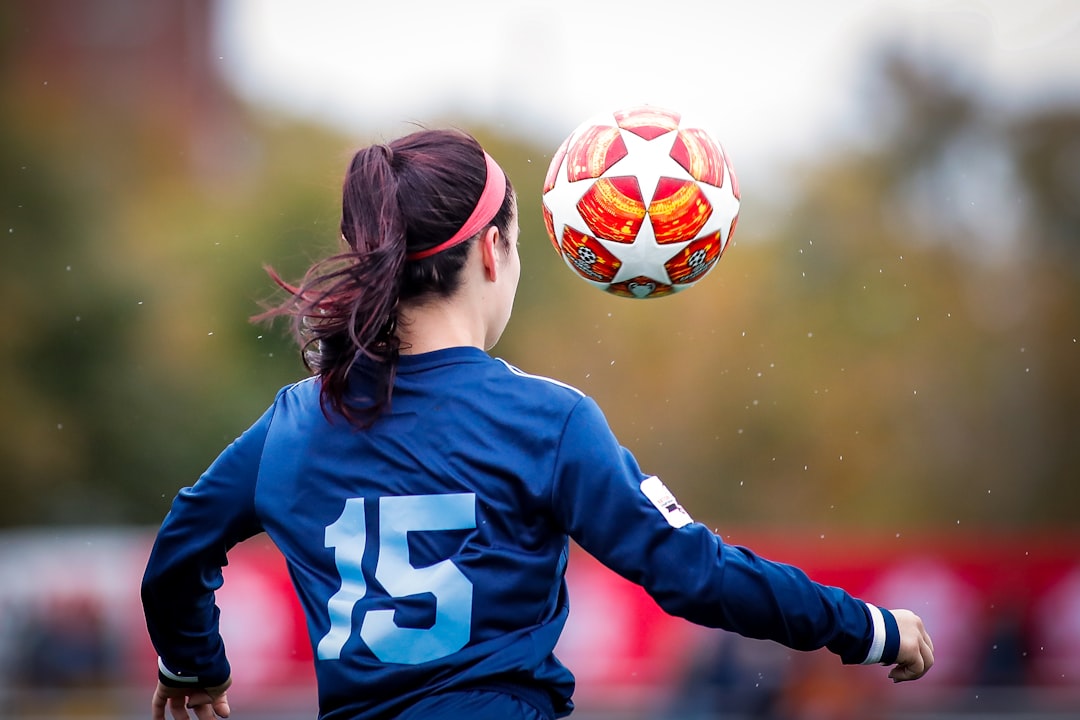Edition #221: Recognizing the strong leadership in our youth sports community
8 ways to support local youth sport leadership
Welcome to edition #221 of The Physical Movement. This week we look to supporting strong local leadership. That’s right: strong, local, community leadership
Let’s dig in.
Over 29 years ago, back in 1994, I started to hit my stride professionally, or so I thought at the time. I had a great Physical Education (PE) teaching position with Dawson College in Montreal, Quebec, Canada. I taught to young adults from all over the world. We had students form multiple types of programs, from academic to technical, from nursing to trades to sciences. The courses we offered as part of the PE curriculum were very diverse from stress management, fitness & lifestyle, outdoor education and mountain biking to team sports and dance. We had over 30 teachers in the department and served over 6000 students. The student curriculum had them take 1 PE credit per semester. Most full-time programs required 4 semesters to be completed.

I was tapping into all my education to teach some of the courses. Some were in my comfort zone, like team sports, learning to skate and fitness/weight training. Some stretched my skills and gave me a challenge like mountain biking (a weekend intensive that blended camping and mountain biking), and outdoor education for special populations. When I look back, it was one of the most rewarding gigs in my career. We continuously got feedback as a department from students on how much they enjoyed and received from the courses. The curriculum was designed to provide health and life skills for these students, many of whom would be embarking on very demanding careers.
Then it stopped.
Well, it stopped for me. It was cut back for students.
Physical Education requirements were cut back by 50%. Instead of 4 credits needed for most students, they now needed 2. Staff requirements went down by 50% as a result. My position was eliminated. There were protests and campaigns lobbying the government on the damage these cutbacks would do to the collective health of the new generation hitting the workforce (how’s that looking now when we reference the cost of healthcare, but I digress).
The lobbying did no good. The decisions were made.
I remember thinking back then, that the real crime was not losing my position. That was disappointing personally, the real crime was that the awareness of the benefits of the Physical Education curriculum was so low. The decision makers (politicians and bureaucrats) knew little about the benefits and impact of the outdoor education, fitness & lifestyle, and stress management curriculum being delivered consistently to many. In the mind of the policy makers, they were cutting a leisure activity, a non-essential program.
At the end of the day, who’s fault was that?
As Physical Education specialists we were focused on safe and progressive instruction to our students.
We were not focused on marketing and growing awareness of what went on inside those classes.
We should have been. Perhaps if we had held more open houses, invited government officials to sit in and attend classes and share the testimonials before threat of cut backs we would have had a different fate. Awareness. Marketing. No one realized how important this was for all concerned.
Lesson learned: regardless of the good work being done, if no one knows about it, especially stakeholders/decision makers, then how sustainable is it?
In 2023, as we look around to the events of our world, one of the topics that comes up a lot is the lack of leadership.
Well, leadership exists and is strong in our communities.
It exists.
In youth sports, there is an abundance of leadership. We don’t recognize it very often.
We hear of the terrible stories of those in leadership positions making bad decisions, however there are thousands and thousands of volunteers who make great ones contributing to youth sport and never get acknowledged or recognized for its positive impact.
Just like the Physical Education program back at Dawson College, the awareness of all the good things going on in youth sports is not where it should be.
We need to change that!
That volunteer coach on the youth soccer or baseball or hockey or volleyball or basketball etc. team puts in tons of hours of preparation, training and planning. They do so while managing their full-time job and their families. This same coach has assistants, who do a lot as well. Most of these coaches have an administrative board behind them that organize everything from field rental to uniforms to certifications to equipment to scheduling to marketing and overall administration of teams and leagues. Most of these folks are volunteers. They do so because they want to create an environment for youth that is positive. They believe in the sport, they believe in the benefits of participation in sport, they believe in the organization for which they volunteer.

However, many coaches have more than on the field planning to do, even with administrative support, they often have the organization of the team, alerting to schedules and organizing practice times. Everything from record keeping of the games, uniform allocation to team pictures often falls under the responsibility of the coach.
The organizational skills and leadership demands are significant.
The demands are equal to a 2nd full time job. Often their personal health and family time takes a back seat.
It is only the most polished that can add a staff that is competent and delegate accordingly. Burn out is not uncommon. Long season sports like basketball, soccer and ice hockey are especially grueling on coaches. Shorter season sports like football and baseball can give a couple of months of slower times. But even those are ramping up to becoming more full season sports.
There are hundreds in your community who are investing tons of hours for the sake of creating a positive experience for our children.
Here are 8 things we can do to support our local youth sport leadership:
1. Be aware how much coaches do. Showing up for game time and watching your son and daughter is the culmination of tons of planning behind the scenes. Kind of like your kids in a school play, or even just getting them out the door for an event, there is a ton going on in preparation for the activity. Be aware and grateful for all this preparation.
2. Don’t be shy in offering support or encouragement. Coaches and organizations are always looking for volunteers on the administration side. Criticism is tempting, don’t fall into the trap. Support by offering your support.
3. Show some gratitude and respect through your actions as a parent. If your son/daughter has a concern about what is going on at practice or playing time, teach them to approach the coach to discuss the issue. From a very young age, children can learn to bring up concerns for discussion. This is one of the life skills of playing a sport and having a coach. Show respect for the coach. 2nd guessing coaching decisions is not helping anyone. Learning to deal with things when they don’t go our way is a productive outcome to challenging situations.
4. Ask for coach’s expectations and standards at the beginning of the year, or during tryouts. As a family you then know what is required in being on the team. Often, the requirements of being on the team don’t match the expectations of the family.
5. Find an appropriate time to ask questions. If questions or concerns persist, ask for appropriate time to do so. Coaches should structure this as part of expectations of being on the team, but if not, asking permission to ask questions is appropriate before launching them after a heated game.
6. Use game day as an opportunity to marvel at your son/daughter’s effort, coordination, and commitment. Let them have fun. This is their day, not ours. Our athletic days ended years ago! Give the stage to the next ones!
7. Understand that most sporting events end with only 1 winner. 48 team tournaments sometimes get 2 winners. (Consolation and championship round). That means 46 end with a loss in their last game. That is part of what everyone has signed up for. Being surprised when that happens or upset is not serving anyone. Dealing with things that do not go the way we anticipated is another one of those life lessons. What are we teaching our kids on how to deal with that?
8. Keep the main thing the main thing. As parents, we want the best for our kids. We want them to develop themselves to their full potential. We want them to learn how to be good members of society when they are older. Sports can teach them a ton around these principles alone. When you add up the physical and mental benefits of being active and focused on an activity, as well as skill development, work ethic, working within a team, goal setting, dealing with wins and losses with dignity and other benefits, you have the making of a solid foundation for your next one.
Leadership is all around us.
Nowhere is it more under the radar than your local youth sports organization. The volunteers put in the time to make the experience positive for our kids, they do not do it for the recognition. Many lose money volunteering and put themselves right in the line of fire for armchair critics.
In fact, as parents, recognizing and supporting the leadership in place in your local youth sports is its own form of leadership.
Let’s make sure awareness of the good work being done is at its highest.

